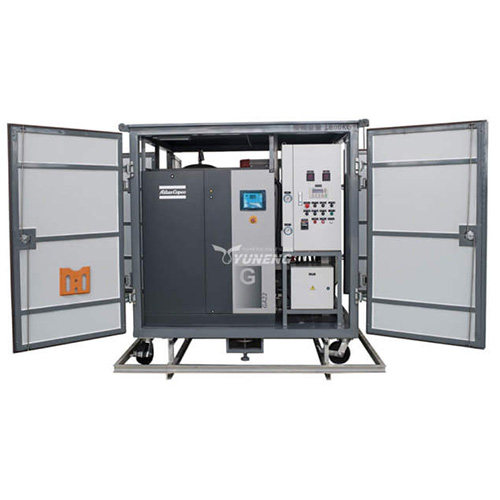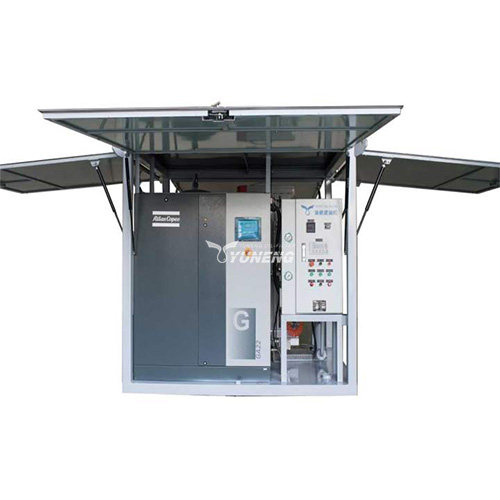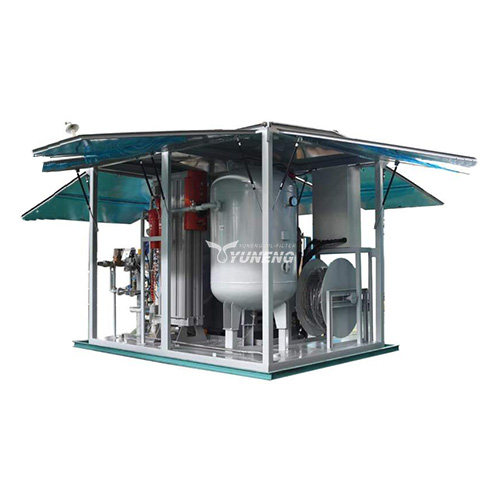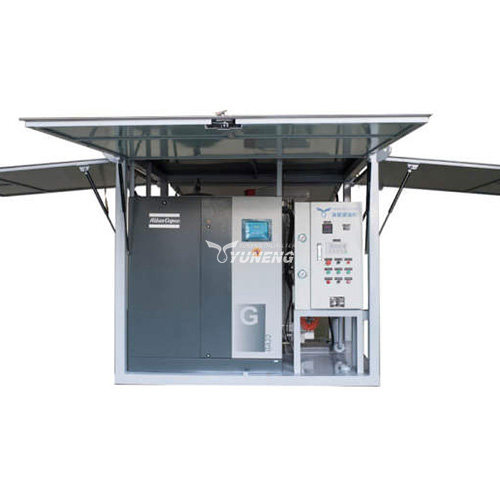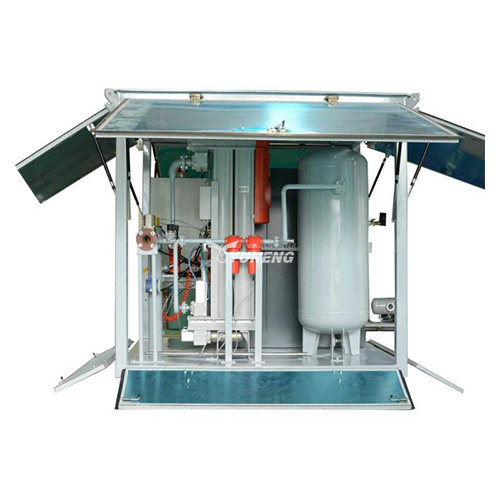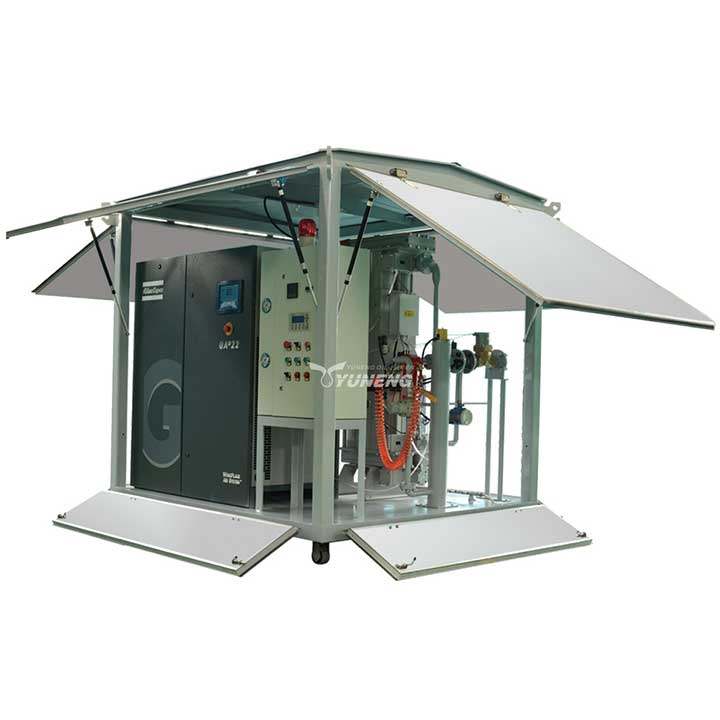Transformer Dry Air Generators and their Role in Insulation System Maintenance
Transformers are the workhorses of the electrical grid, silently transforming voltages to ensure efficient power delivery across vast distances. At the heart of these transformers lies the insulation system, a critical component responsible for separating high-voltage conductors and preventing unwanted current flow. However, the insulating materials are susceptible to a silent enemy – moisture. Excess moisture within a transformer can lead to catastrophic consequences, jeopardizing equipment integrity and disrupting power supply. This is where transformer dry air generators come to the forefront, playing a vital role in protecting the insulation system and ensuring reliable transformer operation.
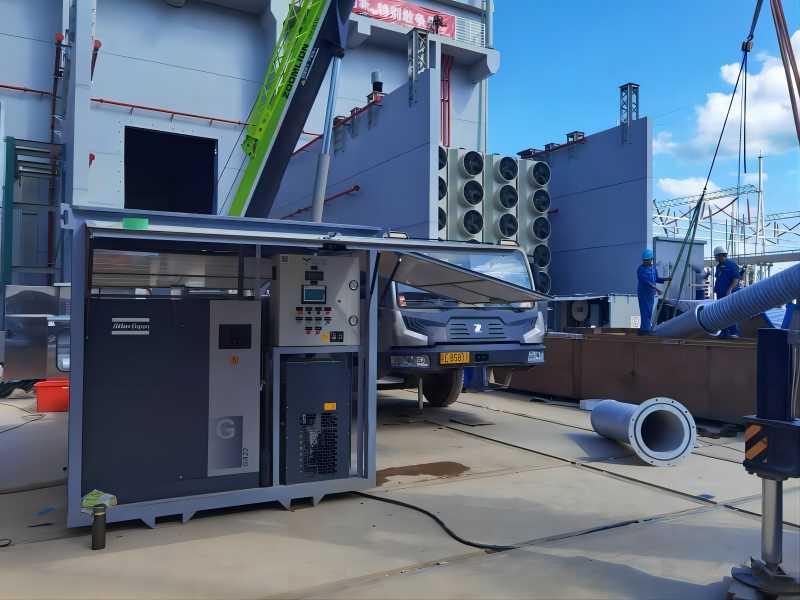
The Crucial Role of Transformer Insulation
The insulation system within a transformer performs a vital function. It acts as a non-conductive barrier, separating the high-voltage primary winding from the low-voltage secondary winding. This physical separation is essential to prevent current from flowing directly between the windings, which would result in a short circuit and catastrophic equipment failure. The insulation system typically comprises a combination of materials like paper, oil, and epoxy resin, each carefully chosen for its high dielectric strength – the ability to withstand a high voltage without conducting electricity.
The integrity of the insulation system directly impacts the transformer’s efficiency and lifespan. When moisture ingress occurs, the insulating properties of the materials deteriorate. Moisture creates conductive paths within the insulation, allowing leakage currents to flow. These currents generate heat, further accelerating the degradation process and leading to a phenomenon known as partial discharge. Partial discharge creates localized areas of intense heat and ionization within the insulation, progressively weakening it and eventually causing complete breakdown. This breakdown can manifest as arcing faults, releasing immense energy within the transformer and potentially triggering explosions and fires.
The Detrimental Effects of Moisture on Transformers
Moisture can enter transformers through various pathways. Leaks in the transformer housing, condensation due to temperature fluctuations, and even the hygroscopic nature of some insulating materials themselves can contribute to moisture accumulation. The presence of moisture within a transformer has a multitude of detrimental effects:
- Reduced Dielectric Strength: As mentioned earlier, moisture creates conductive paths within the insulation, lowering its ability to withstand high voltage. This weakens the insulation system, increasing the risk of electrical breakdowns.
- Accelerated Insulation Aging: The combined effects of moisture and heat from partial discharge significantly accelerate the aging process of insulating materials. This translates to a shortened lifespan for the transformer, necessitating costly replacements at a premature stage.
- Increased Corrosion: Moisture promotes corrosion of metallic components within the transformer, such as transformer windings and internal connections. This corrosion further compromises the transformer’s integrity and can lead to additional equipment failures.
- Formation of Corrosive Byproducts: The interaction of moisture with transformer oil can lead to the formation of acidic byproducts. These byproducts further accelerate insulation degradation and contribute to the overall deterioration of the transformer’s health.
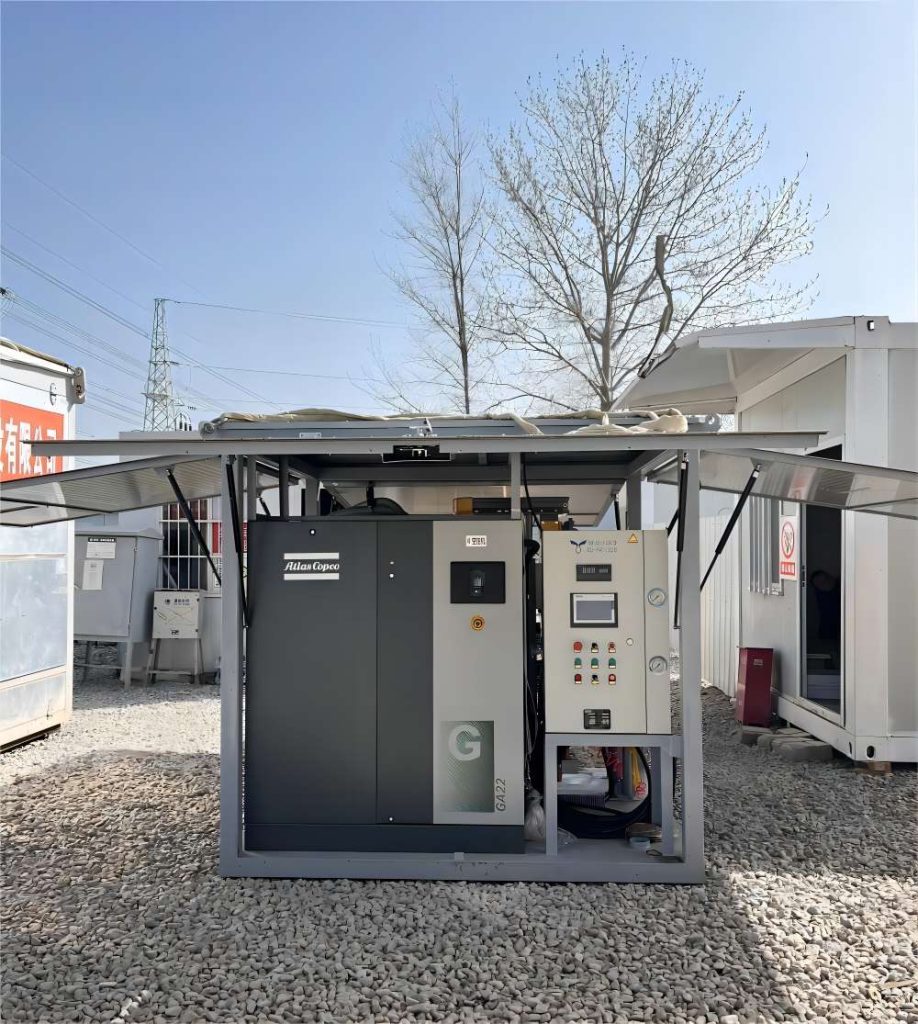
How Do Transformer Dry Air Generators Work?
Transformer dry air generators are specifically designed to address the ever-present threat of moisture. These systems function by generating a continuous stream of air with a significantly lower moisture content compared to ambient air. The dry air is then introduced into the transformer enclosure, purging out any existing moisture and maintaining a controlled, dry environment.
The process of generating dry air typically involves a multi-stage approach:
- Air Compression: The first stage involves an air compressor that draws in ambient air and pressurizes it. This pressurization process increases the air’s capacity to hold moisture.
- Refrigeration Drying: The compressed air is then passed through a refrigerated air dryer. This unit utilizes a heat exchanger to cool the air down to a dew point below the desired moisture content. As the air cools, moisture condenses and separates from the air stream, effectively removing it from the system.
- Adsorption Drying: In some cases, an additional stage involving an adsorption dryer might be employed. This dryer utilizes desiccant materials with a high affinity for water vapor. The pre-dried air from the refrigeration stage is passed through the desiccant bed, where any remaining moisture is adsorbed onto the desiccant material.
- Air Filtration: The dry air stream might also undergo filtration to remove any dust particles or contaminants before being introduced into the transformer enclosure.
Benefits of Utilizing Dry Air Generators
By maintaining a dry environment within the transformer, dry air generators offer several crucial benefits:
- Prevents Moisture-Induced Damage: The primary benefit of dry air generators lies in their ability to prevent moisture-related insulation degradation. By consistently removing moisture from the transformer enclosure, they effectively mitigate the risks of partial discharge, electrical breakdowns, and premature insulation failure.
- Extends Transformer Life: By safeguarding the insulation system, dry air generators contribute significantly to extending the lifespan of transformers. This translates to reduced maintenance costs and avoids the need for premature transformer replacements.
- Enhances Transformer Efficiency: When the insulation system is healthy and free from moisture-related issues, the transformer operates at its optimal efficiency. This translates to lower energy losses within the transformer itself, leading to overall cost savings and reduced environmental impact.
- Minimizes Maintenance Needs: Dry air generators significantly reduce the frequency and scope of transformer maintenance activities. With a minimized risk of moisture-induced breakdowns, transformers experience fewer outages and require less corrective maintenance. This translates to increased operational uptime and improved grid reliability.
- Improved Safety: Moisture accumulation within a transformer can lead to arcing faults and fires. Dry air generators play a vital role in mitigating these safety hazards by maintaining a dry environment and preventing the formation of conductive paths within the insulation. This enhances overall transformer safety and reduces the risk of catastrophic equipment failures.
- Cost-Effective Operation: While the initial investment in a dry air generator might seem like an additional expense, the long-term benefits outweigh the initial cost. By extending transformer life, minimizing maintenance needs, and enhancing efficiency, dry air generators offer a significant return on investment.
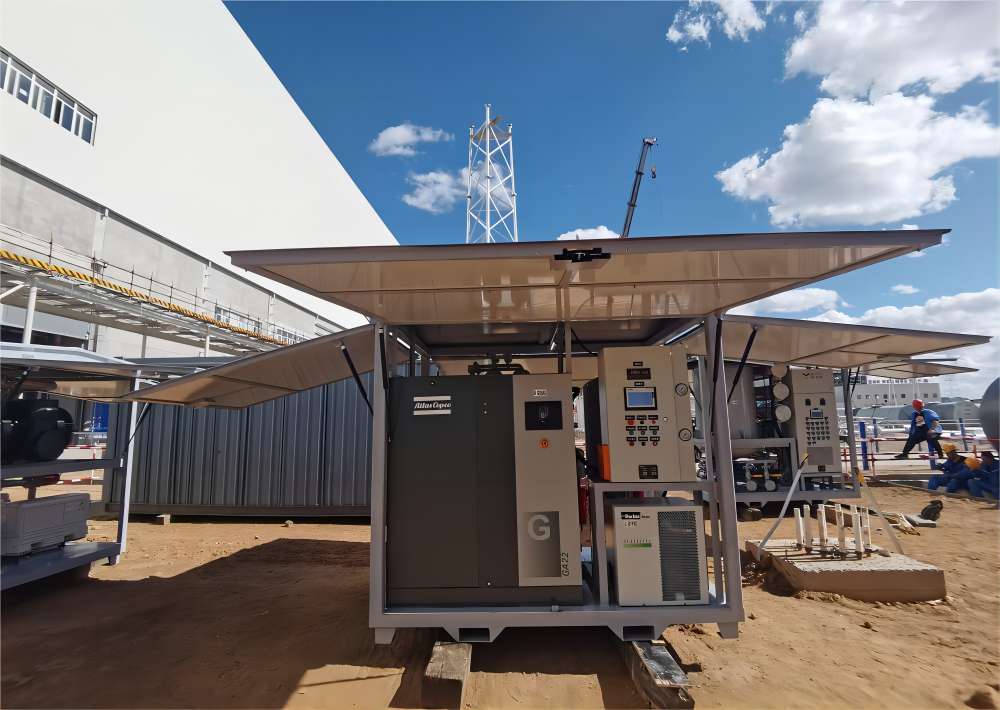
Applications of Transformer Dry Air Generators
Transformer dry air generators find application in a wide range of scenarios:
- Power Plants: Large power plants rely on transformers to step up voltage for transmission and step down voltage for distribution. Dry air generators are crucial for protecting the insulation systems of these transformers, ensuring reliable and efficient power generation.
- Substations: Substations house transformers responsible for voltage regulation and power distribution across various sectors. The use of dry air generators in these substations safeguards the transformers and ensures uninterrupted power flow to consumers.
- Wind Farms: With the growing prominence of renewable energy, wind farms utilize transformers to convert the generated electricity to a suitable voltage for grid integration. Dry air generators play a vital role in protecting the transformers within wind farms, ensuring the efficient transmission of wind-generated power.
- Industrial Facilities: Many industrial facilities utilize transformers for various applications. Dry air generators help to protect the insulation systems of these transformers, ensuring reliable power supply for critical industrial processes.
Conclusion
Transformer dry air generators are an essential component of a robust and reliable electrical grid. By actively combating the threat of moisture, they safeguard the integrity of transformer insulation systems. This translates to a multitude of benefits, including extended transformer life, enhanced efficiency, reduced maintenance requirements, improved safety, and ultimately, a more reliable and cost-effective power supply system. As the demand for electricity continues to grow, transformer dry air generators will play an increasingly crucial role in ensuring the smooth functioning of the power grid and delivering uninterrupted power to homes and businesses alike.

